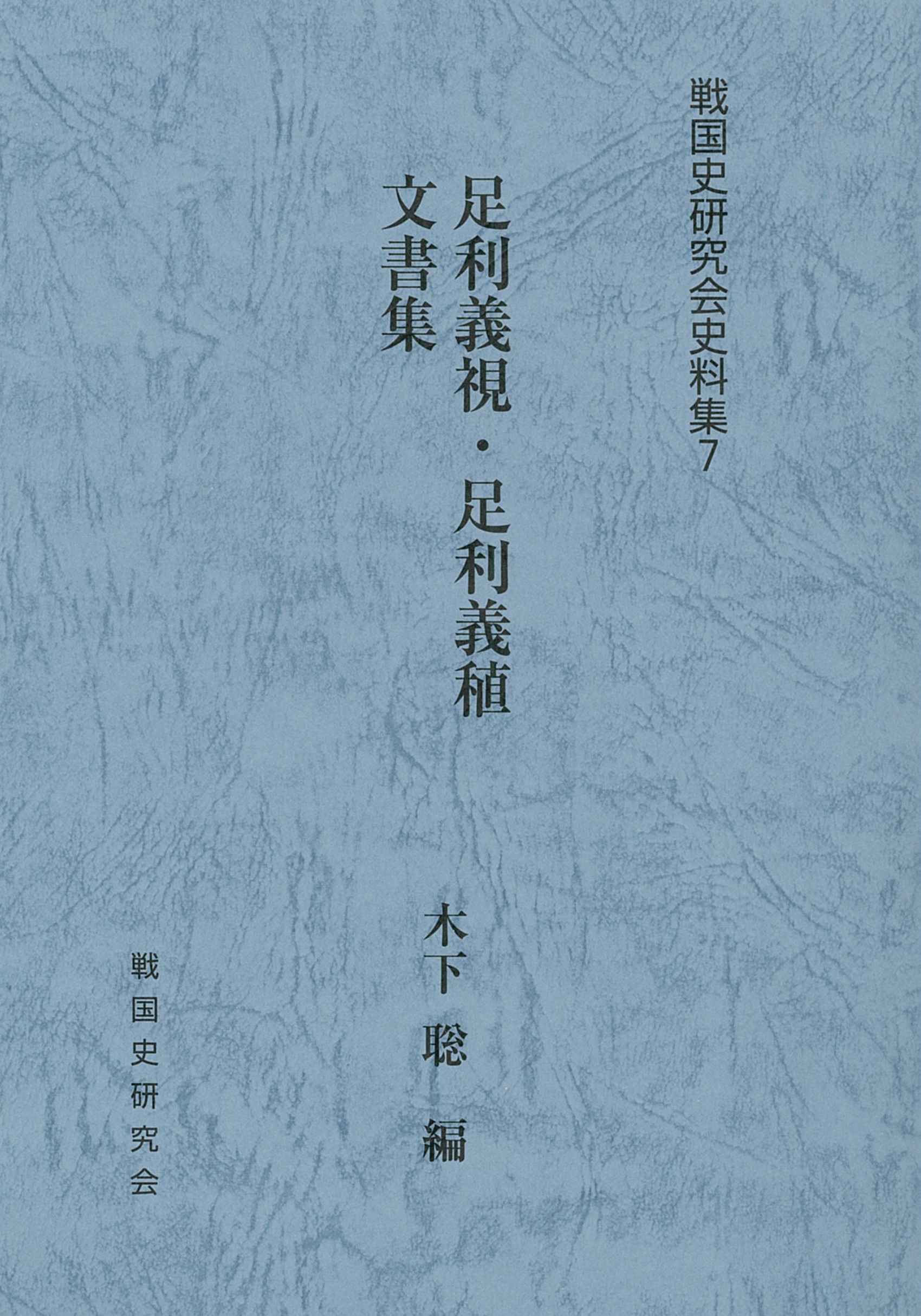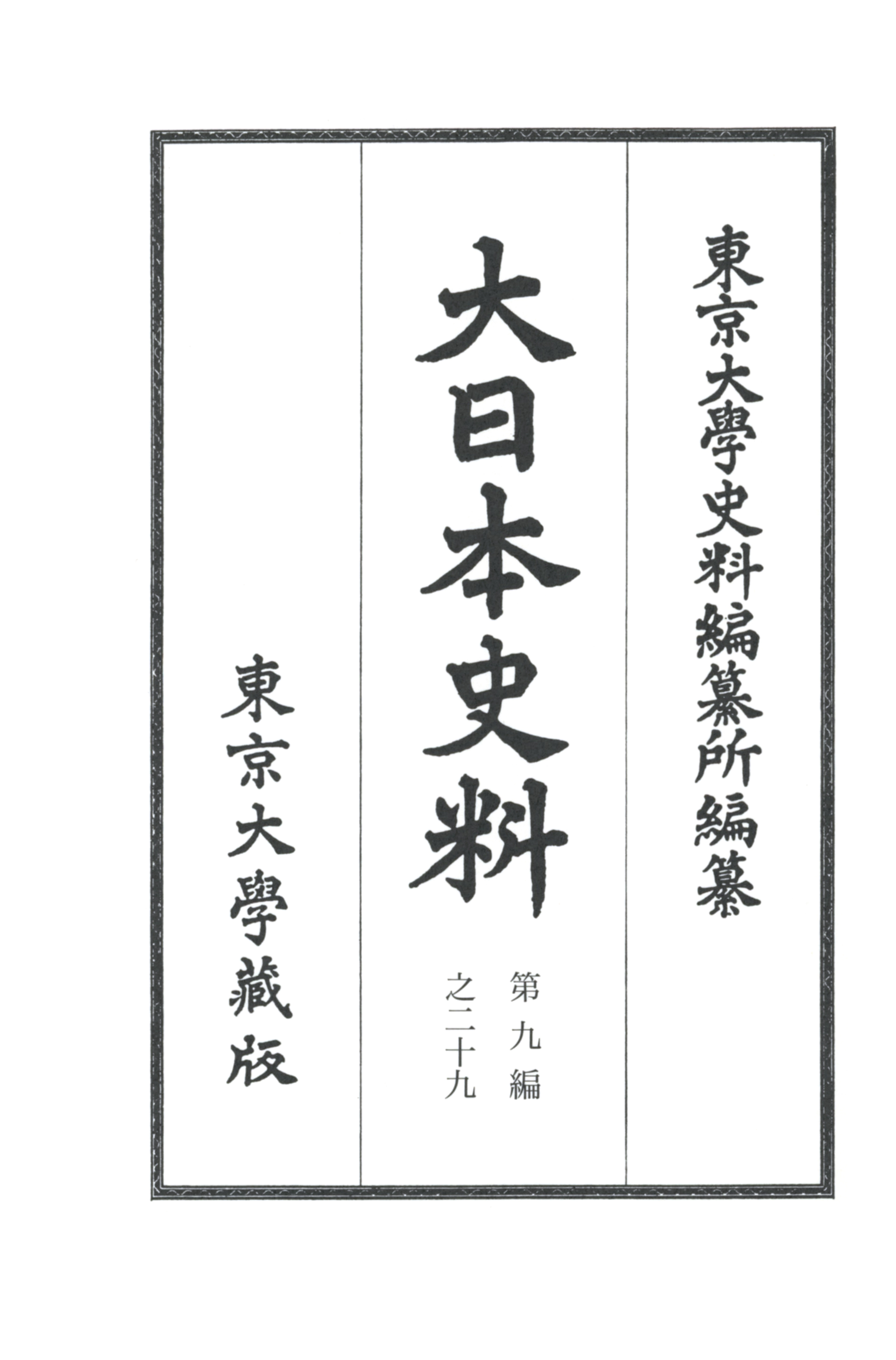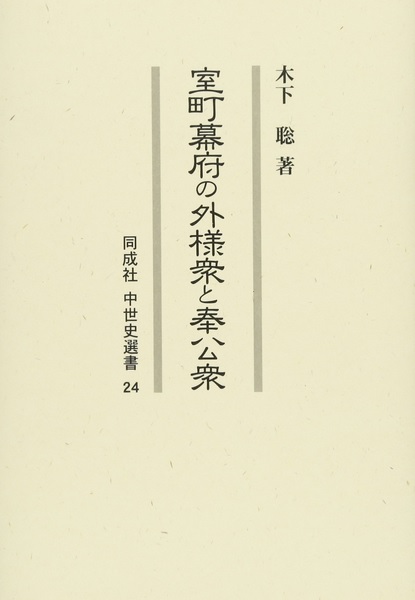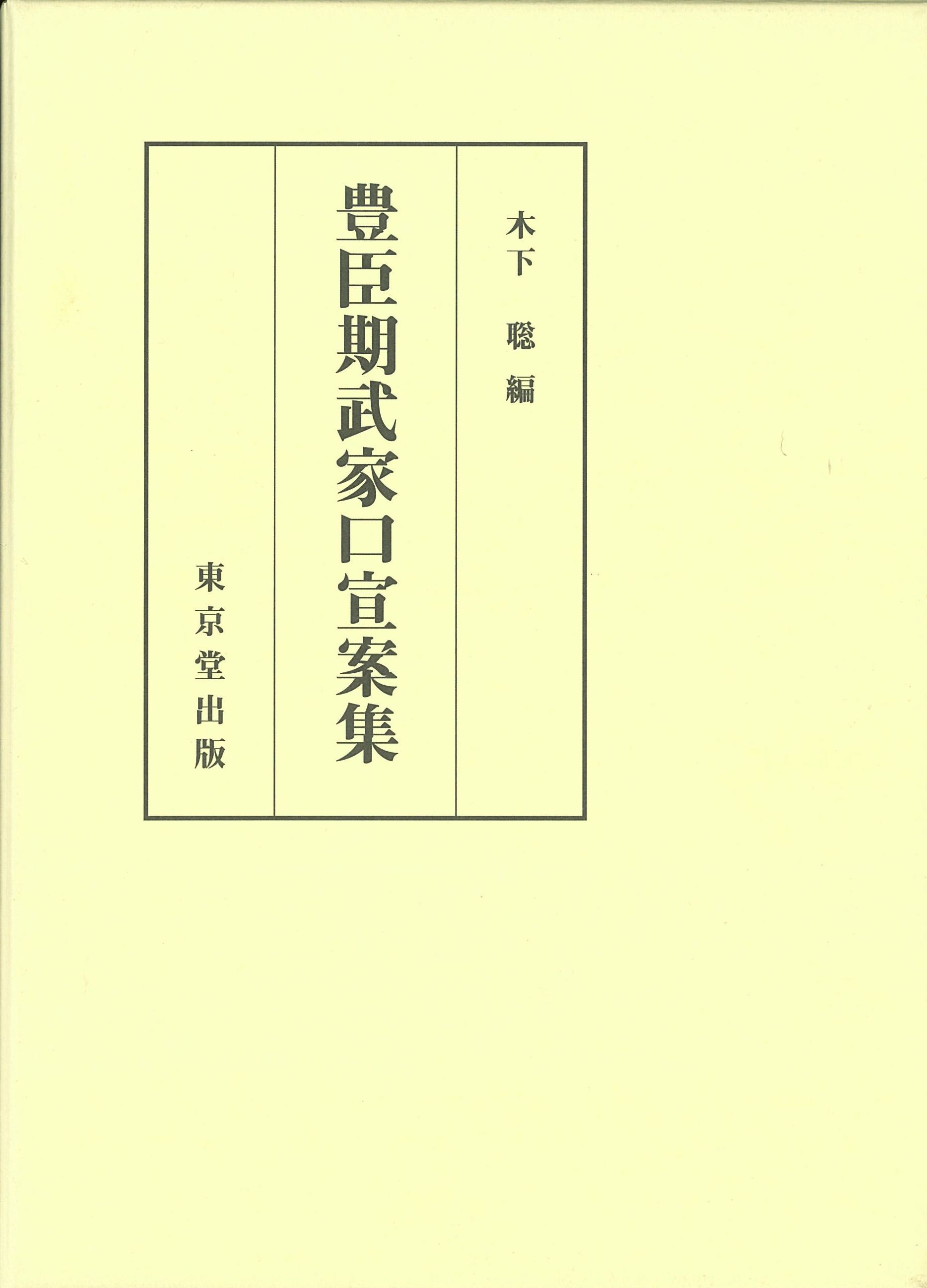
Title
Sengoku History Research Society Collections of Historical Sources, Vol. 7 Ashikaga Yoshimi, Ashikaga Yoshitane Monjoshū (Collection of Documents of Ashikaga Yoshimi and Ashikaga Yoshitane)
Size
124 pages
Language
Japanese
Released
February, 2019
ISBN
9784908264061
Published by
Sengokushi-Kenkyukai
Book Info
See Book Availability at Library
Japanese Page
This book is a collection of documents issued by Ashikaga Yoshitane, the tenth shogun of the Muromachi shogunate and the only shogun in Japan’s history to have been installed twice as shogun, and by his father Ashikaga Yoshimi, one of the parties in the Ōnin War and the younger brother of the eighth shogun, Ashikaga Yoshimasa. There is a relative dearth of research on the latter half of the Muromachi shogunate, especially the period overlapping with the early Sengoku period. The main reason for this is that little interest has been evinced in the Muromachi shogunate during the Sengoku period, and up until around the 1990s there was very little research on the subject. But another reason is that there exist few collections of source materials to provide the basis for research. Against this background, there had previously been published two volumes of documents issued by the eighth shogun Ashikaga Yoshimasa and the ninth shogun Ashikaga Yoshihiro (Yoshihisa) so as to provide materials for research, and this book is a sequel to these earlier two volumes. A volume compiled by Imatani Akira (Collected Documents of the Muromachi Shogunate) is well known as a collection of historical sources pertaining to the Muromachi shogunate, but it consists of only jointly signed documents issued by low-level functionaries, and there had not existed any collections of documents issued by shoguns and shogunal deputies. In this sense, the series of which this book forms a part could be said to be epoch-making and extremely important.
This volume contains 21 documents issued by Yoshimi and 341 documents issued by Yoshitane, and there is an appendix of three documents issued by Yoshitane’s successor Ashikaga Yoshitsuna and two documents issued by his son Ashikaga Yoshihide, the fourteenth Muromachi shogun. However, it is probably difficult to judge from these figures alone whether the number of documents issued was large or small. By way of comparison, the numbers of documents issued by the famous Sengoku daimyō Oda Nobunaga, Hashiba Hideyoshi, and Tokugawa Ieyasu currently stand at approximately 1,400, 7,000 and 3,800 respectively. In addition, Takeda Shingen issued about 1,500 documents. Among the Muromachi shoguns, the largest number of documents was issued by the first shogun Takauji, followed by the second shogun Yoshiakira, and they both issued more than 1,000 documents. They were followed by the third shogun Yoshimitsu and the eighth shogun Yoshimasa, who both issued about 800 documents, and the twelfth shogun Yoshiharu and the fifteenth shogun Yoshiaki, who both issued about 500 documents. Yoshitane thus issued comparatively few documents, and only about one-third of them have survived in the form in which they were originally issued.
However, the period during which Yoshitane was active was a turning point in which the Muromachi shogunate went into marked decline as a result of the forced abdication of Yoshitane in 1493, dissension between Yoshitane and the eleventh shogun Yoshizumi, and so on, and it was an extremely important period for considering the relationship between the Muromachi shogunate and various daimyō. The political situation during the second half of Yoshitane’s life, when he became shogun for a second time, can be retraced to a certain extent in Historical Materials of Great Japan, but because this series only cites historical sources related to specific matters given as individual headings, it is inadequate for considering Yoshitane and the shogunate. It can therefore be said that the publication of a collection of historical sources such as this volume, bringing together documents issued by shoguns, is of great significance.
(Written by KINOSHITA Satoshi, Assistant Professor, Graduate School of Humanities and Sociology / 2019)



 Find a book
Find a book




